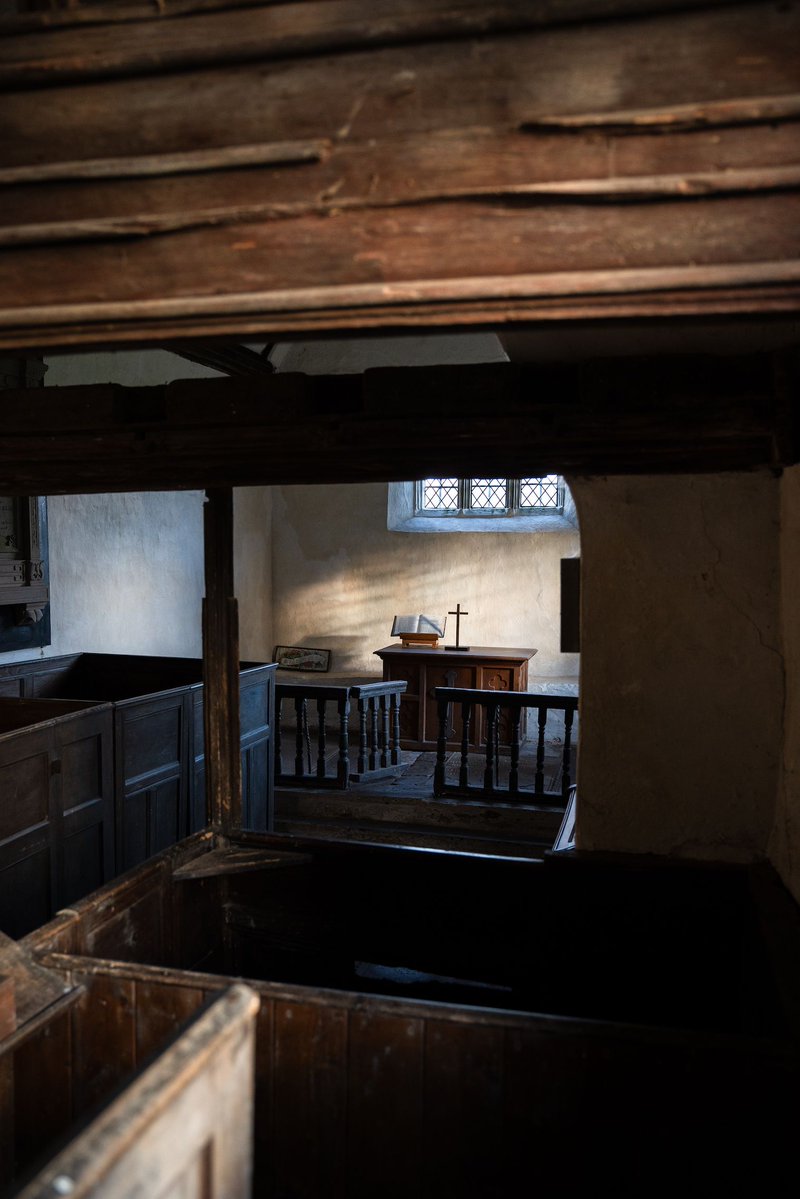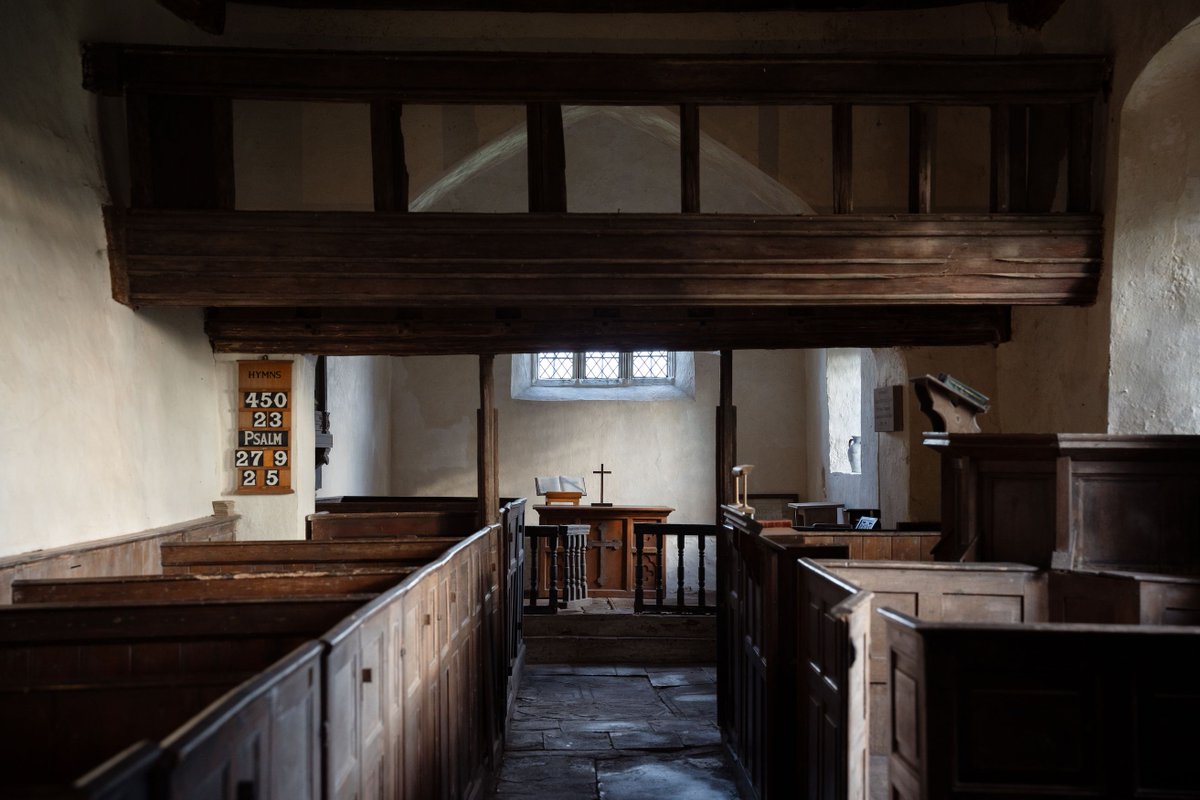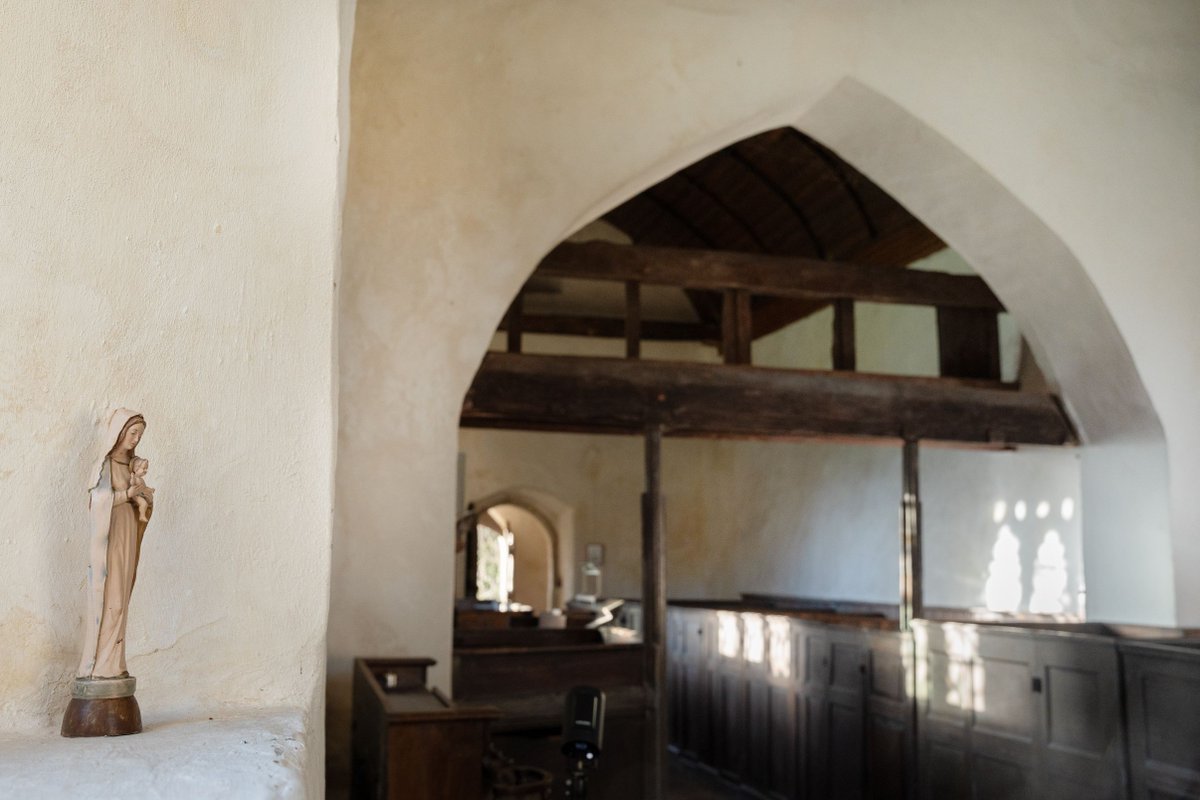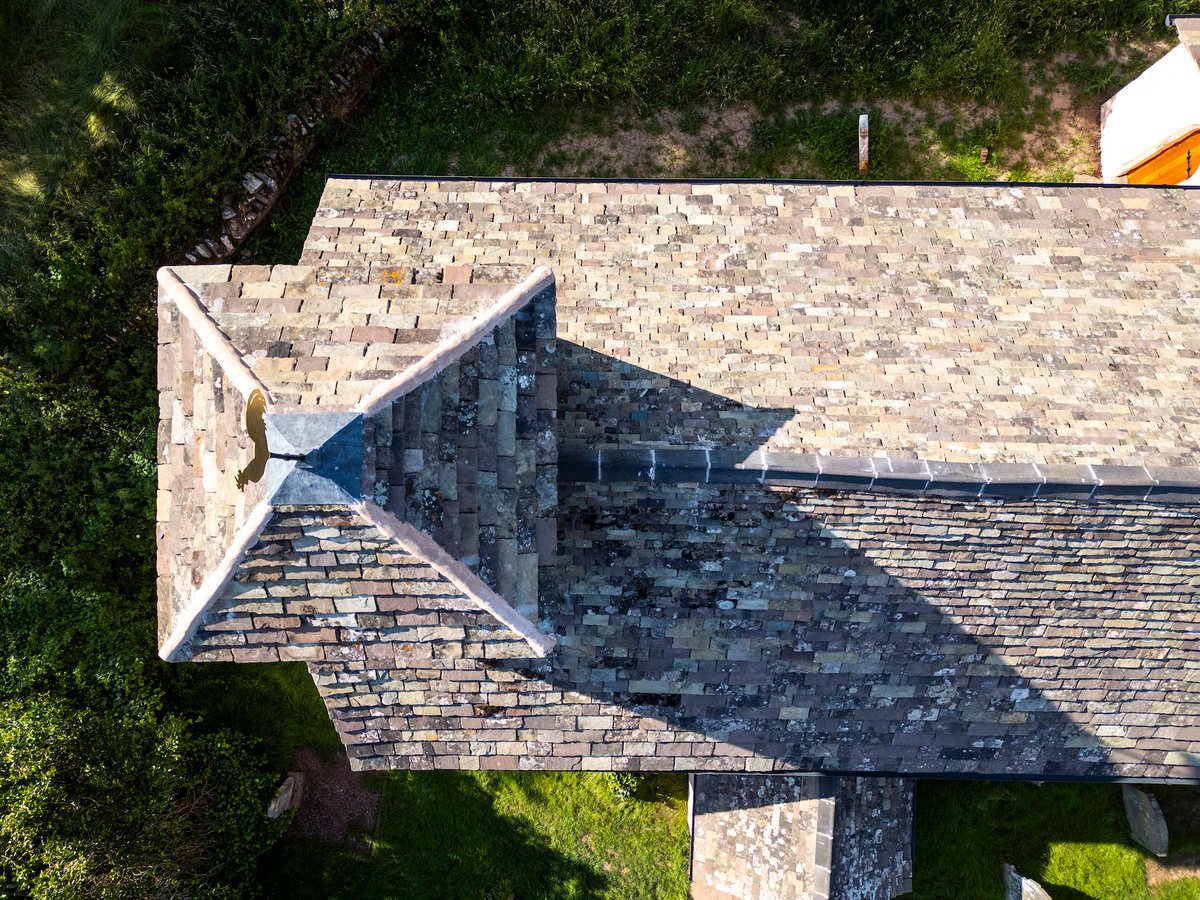Ninety years ago, in 1931, Waldo Williams visited a friend at Hoplas, Rhoscrowther. He was helping him to harvest turnips.
At the end of a day spent hunched and heaving at the earth, Waldo looked up. The sun was setting.
In that moment, he composed his most famous poem.
#thread
At the end of a day spent hunched and heaving at the earth, Waldo looked up. The sun was setting.
In that moment, he composed his most famous poem.
#thread

#OTD in 1971 Welsh poet #WaldoWilliams died. Waldo trained as a teacher in Pembrokeshire, and in the 1920s he met Willie Jenkins - one of the pioneers of the Independent Labour Party (ILP) in Pembrokeshire. The two men were pacifists, and deeply objected to war.
2/
2/

In 1931 Waldo came to Rhoscrowther to help Jenkins on his farm. While here Waldo wrote one of his best-known poems, Cofio (Remembering). Apparently he composed the first verse when watching the sun set after a day on the fields. He went in for supper, and then wrote the rest.
3/
3/

A plaque on the old schoolhouse to the east of St Decuman's church remembers Waldo Williams and this poem. The first verse:
Un funud fach cyn elo’r haul o’r wybren,
Un funud fwyn cyn delo’r hwyr i’w hynt,
I gofio am y pethau anghofiedig
Ar goll yn awr yn llwch yr amser gynt.
4/
Un funud fach cyn elo’r haul o’r wybren,
Un funud fwyn cyn delo’r hwyr i’w hynt,
I gofio am y pethau anghofiedig
Ar goll yn awr yn llwch yr amser gynt.
4/

And the translation:
One blissful moment as the sun is setting,
A mellow moment ere the night comes on,
To bring to mind things which are long forgotten,
Now lost in dust of eras that are gone.
5/
📸: @fotofacade
One blissful moment as the sun is setting,
A mellow moment ere the night comes on,
To bring to mind things which are long forgotten,
Now lost in dust of eras that are gone.
5/
📸: @fotofacade

• • •
Missing some Tweet in this thread? You can try to
force a refresh






















